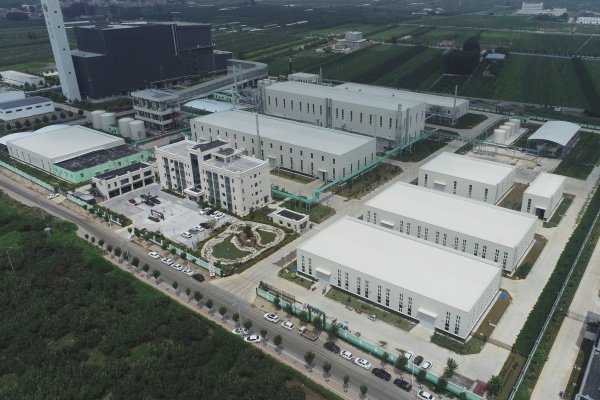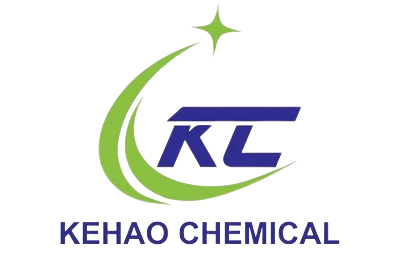Sourcing HPMC from China can be tough. Fake credentials, wrong viscosity grades, hidden costs, and poor quality control often trip up buyers. These issues waste time and money. But, with the right steps, you can avoid them.
To dodge pitfalls when sourcing HPMC from China, do this: 1) Check supplier credentials for fake certificates, 2) Pick the right viscosity grade for your needs, 3) Look at all costs, not just the price per kilogram, and 4) Set up strong quality control before signing.

I’m Christine from KEHAO, a top HPMC manufacturer in China. In this article, I’ll walk you through each pitfall. You’ll get practical tips from my experience to help you buy smart and skip the headaches.
Verify Supplier Credentials: How to Spot Fake HPMC Certificates (ISO, SGS, CE)?
Finding a real supplier in China is hard. Many show off certificates like ISO, SGS, or CE, but some are fake. If you trust a fake, you might get bad HPMC, ruining your projects and wallet. You can check them, though.
To spot fake HPMC certificates, follow these steps: 1) Confirm with the issuing body, 2) Look for errors like bad spelling or logos, 3) Check the supplier’s business license, and 4) Ask for extra proof if unsure.
At KEHAO, I’ve seen buyers fall for fake certificates too often. One client once got stuck with HPMC that didn’t work right because of a fake ISO paper. Their tile adhesive failed, and they lost a big job. That’s why I tell everyone to double-check.
Here’s how you can verify certificates:
- ISO: Go to the ISO website or call the certification group. Real suppliers show up there.
- SGS: Use SGS’s online tool to see if it’s legit.
- CE: Look it up in the EU database or ask the listed body.
Watch out for sloppy paperwork or suppliers who dodge questions. If they won’t share more proof, walk away. At KEHAO, we’re open about our credentials. You can see our real factory and test reports in this video [link]. It shows our automated lines and how we keep quality high. Checking these things keeps you safe from scams and bad products.
The Viscosity Trap: Why 90% of Buyers Choose the Wrong HPMC Grade for Their Application?
Picking the right HPMC viscosity is key, but most buyers mess it up. Wrong grades lead to weak water retention or cracking in construction work. It’s a big problem. Knowing your needs fixes this.
Buyers pick wrong HPMC grades because they don’t get viscosity’s role. Avoid this by: 1) Knowing your project’s needs, 2) Talking to experts, 3) Testing samples first, and 4) Checking viscosity charts.

HPMC viscosity grades
Viscosity means how thick HPMC is. It changes how it works. High viscosity helps tile adhesives stick better. Low viscosity makes gypsum plaster easier to mix. At KEHAO, we make grades for all kinds of jobs.
Here’s a quick guide:
| Use | Viscosity (mPa.s) |
|---|---|
| Tile Adhesives | 100,000 – 200,000 |
| Cement Plasters | 50,000 – 100,000 |
| Gypsum Plasters | 20,000 – 50,000 |
I had a client who picked a high-viscosity grade for gypsum plaster. It cracked because it was too thick. We switched them to a lower grade, and it worked perfectly. That’s why I always say to test samples. Look at technical data sheets too. They show what each grade does. At KEHAO, we help buyers match grades to their work. Ask us, and we’ll point you to the right one. This way, your projects stay strong and smooth.
Hidden Costs Breakdown: Beyond HPMC Price per Kilogram (Logistics, MOQ, Payment Risks)?
Price per kilogram looks tempting, but it’s not the whole story. Buyers miss logistics, MOQs, and payment risks. These extras can blow your budget. Looking at all costs saves you.
Avoid hidden costs by: 1) Adding up shipping and duties, 2) Checking the MOQ’s impact, 3) Reviewing payment terms for risks, and 4) Planning for quality checks or returns.
Let’s break it down. Shipping depends on how you send it—sea is cheap, air is fast. Add duties for your country too. MOQs matter. A big MOQ might mean too much stock, locking up your cash. Payment terms like upfront cash can bite if the supplier flakes out. Quality checks cost money, but skipping them risks bigger losses from bad goods.
Here’s a look at three suppliers for 5 tons:
| Item | Supplier A | Supplier B | KEHAO |
|---|---|---|---|
| Price per kg | $2.00 | $2.20 | $2.10 |
| MOQ | 10 tons | 5 tons | 1 ton |
| Shipping | $500 | $400 | $350 |
| Total (5 tons) | $10,500 | $11,100 | $10,550 |
Supplier A looks cheap, but their MOQ forces extra buying. KEHAO balances it with a low MOQ and shipping. We even offer container consolidation for African clients, cutting costs. A Southeast Asian buyer once picked a low price, but high MOQ and shipping made it pricier than ours. Always add everything up. It’s the smart way to buy.
Quality Control Failures: 3 On-Site Tests to Demand Before Signing the HPMC Contract?
Quality control keeps HPMC reliable, but many skip it. Bad batches stop work and hurt your name. It’s a risk you can’t take. Testing on-site stops this.
Before signing, demand these tests: 1) Viscosity check for your needs, 2) Moisture test for proper levels, and 3) Ash test for impurities.

HPMC quality tests
Testing matters. Viscosity sets how HPMC works. Use a Brookfield viscometer at 2% solution, 20°C. It should match your range. Moisture affects stability. Keep it under 5%—use a moisture analyzer or oven dry it. Ash shows impurities. Burn a sample; it should be below 1%.
Here’s an easy ash test:
- Weigh 2g of HPMC.
- Heat at 600°C for 2 hours.
- Weigh what’s left.
- Ash % = (leftover / 2g) × 100.
A client once caught a bad batch with a viscosity test. The supplier fixed it before shipping, saving a mess. At KEHAO, we run these tests and send a certificate of analysis. You can visit our factory too. I’ve seen buyers skip tests and regret it when their plaster failed. Don’t sign until you’re sure. It’s your safety net.
Conclusion
Sourcing HPMC from China gets easier when you check credentials, pick the right viscosity, watch all costs, and test quality. These steps protect your money and projects.



